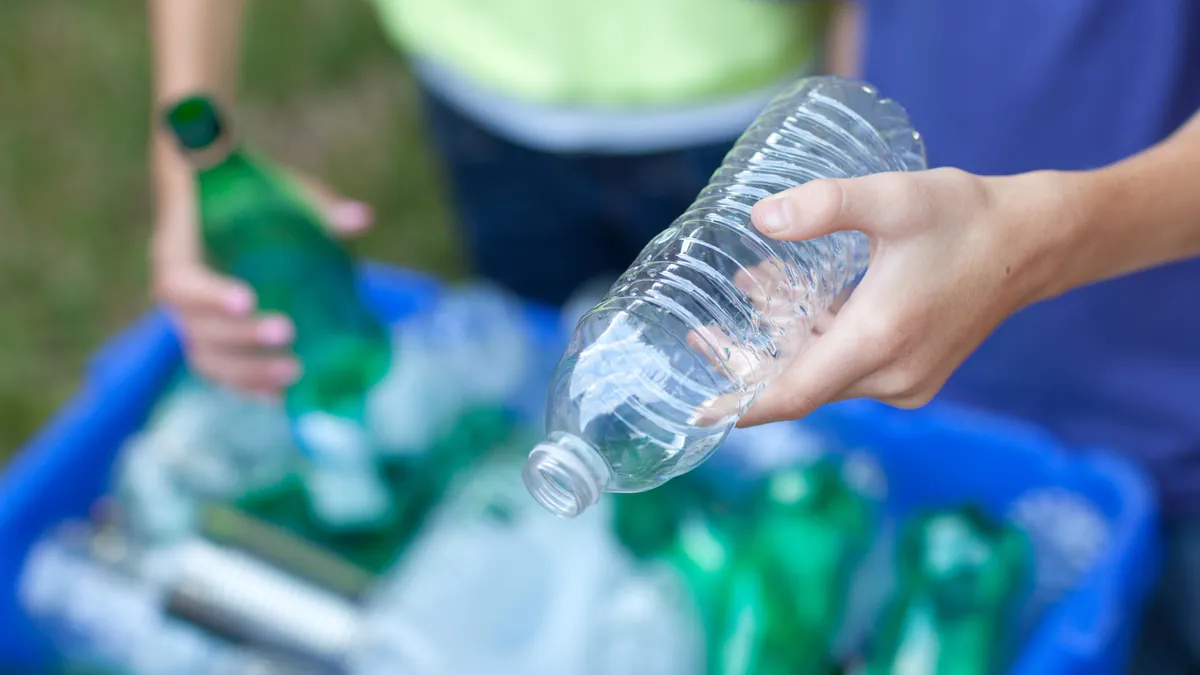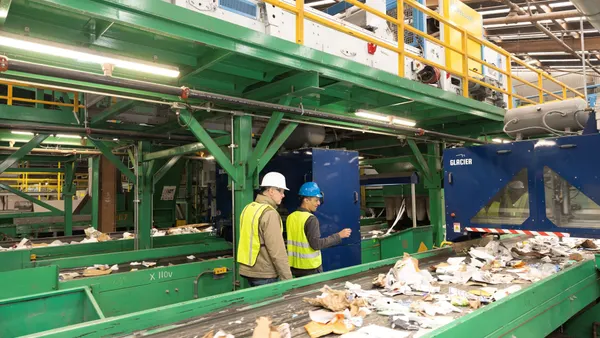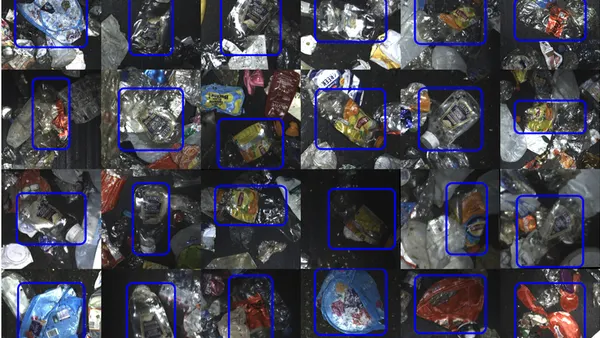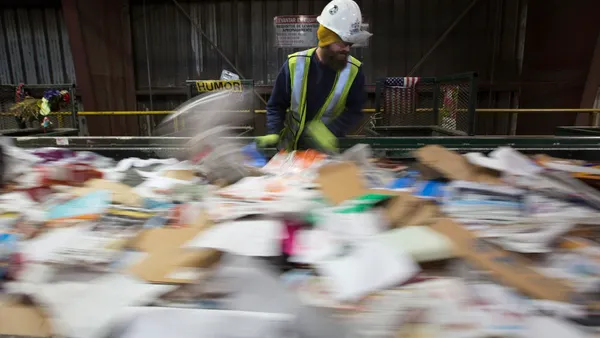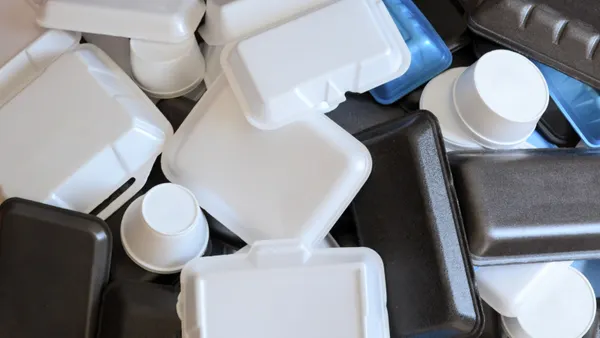Geoff Freeman is president and CEO of the Consumer Brands Association, the national trade association for consumer packaged goods.
This week marked the 24th year of America Recycles Day. It’s a day that should celebrate progress, yet in the more than two decades since its inception, the recycling rate stands at only 32% today and was on the decline in recent years.
Despite the low rate, recycling is something Americans care about — and score its importance as an 8.3 on a 10-point scale. So what is holding them back?
Consider the hoops consumers have to go through to determine what is recyclable in Fairfax County, Virginia, for example. There are 16 private companies that handle residential pickup in addition to the county itself. To determine what can be recycled, the county can only offer general guidelines, telling residents they must reach out to their particular hauler for specifics. That leaves over a dozen possibilities within one county.
Fairfax County residents are hardly alone. There are more than 9,800 recycling systems across the United States that all make their own rules. Everything from the material a package is made of to where someone lives — state, county or municipal rules, even what month it is — can all have a role in determining if packaging is going to a recycle bin or trash can. A recent Consumer Brands/Ipsos poll found that 71% of respondents feel the sheer number of systems creates confusion and 65% believe that recycling rules should be the same nationwide.
The problems with recycling need coordinated federal attention. And earlier this week, they got some as the EPA released its much-anticipated National Recycling Strategy (which it denotes as "Part One of a Series on Building a Circular Economy for All"). The strategy is a positive step toward acknowledging the need for standardized definitions, but it is only a first step. What happens with the implementation of EPA’s strategy will determine its value.
EPA’s release builds on momentum in Congress, where members such as Sens. Tom Carper, D-Del., and John Boozman, R-Ark., and Reps. Frank Pallone, D-N.J., and Haley Stevens, D-Mich., have focused on fixing the broken recycling system. It is up to recycling’s stakeholders to sustain the momentum and turn it into meaningful change.
As federal leadership moves further to implement EPA’s strategy and advance legislative solutions, Consumer Brands recommends the following:
- Look at the issue holistically and realistically. Plastic and waste pollution is a global problem that does not have one solution. The Ellen MacArthur Foundation estimates that 20% of packaging could be replaced by reusable and refillable options. Removing one-fifth of single-use packaging from the waste stream would have a significant impact but would still leave 80% of the problem in need of a recycling system that works.
- Standardize definitions to unlock recycling’s potential. Imagine being told to pack a suitcase without knowing the destination. Some of the items in the suitcase may work but some will stay unused because its contents are only an educated guess. That is recycling today — an educated guess without a consistent framework. Uniformity is the gateway to creating that system. Establishing standardized definitions would allow for better designed packaging, smart upgrades to infrastructure and technology, consistent consumer education to reduce contamination and targeted funding that gets results.
- Fund solutions (and realize funding isn’t the solution). Fixing America’s broken recycling system will be expensive to do the right way. And the consumer packaged goods industry — makers of food, beverage, cleaning and personal care products that typically come in single-use packages — is taking responsibility for its role in the problem and is willing to help pay for improvements. But the critical steps above are too often overlooked in the rush to figure out who picks up the tab. We must be sure we are funding solutions and not making the assumption that funding will lead us to the solution.
We cannot accept a stalled recycling rate as our fate and we cannot expect results if we don’t fix what’s broken. Establishing uniformity will unlock recycling’s potential to have a greater environmental impact — if we allow it to.
Contributed pieces do not reflect an editorial position by Waste Dive.
Do you have an opinion on this issue, or other topics we cover? Submit an op-ed.


